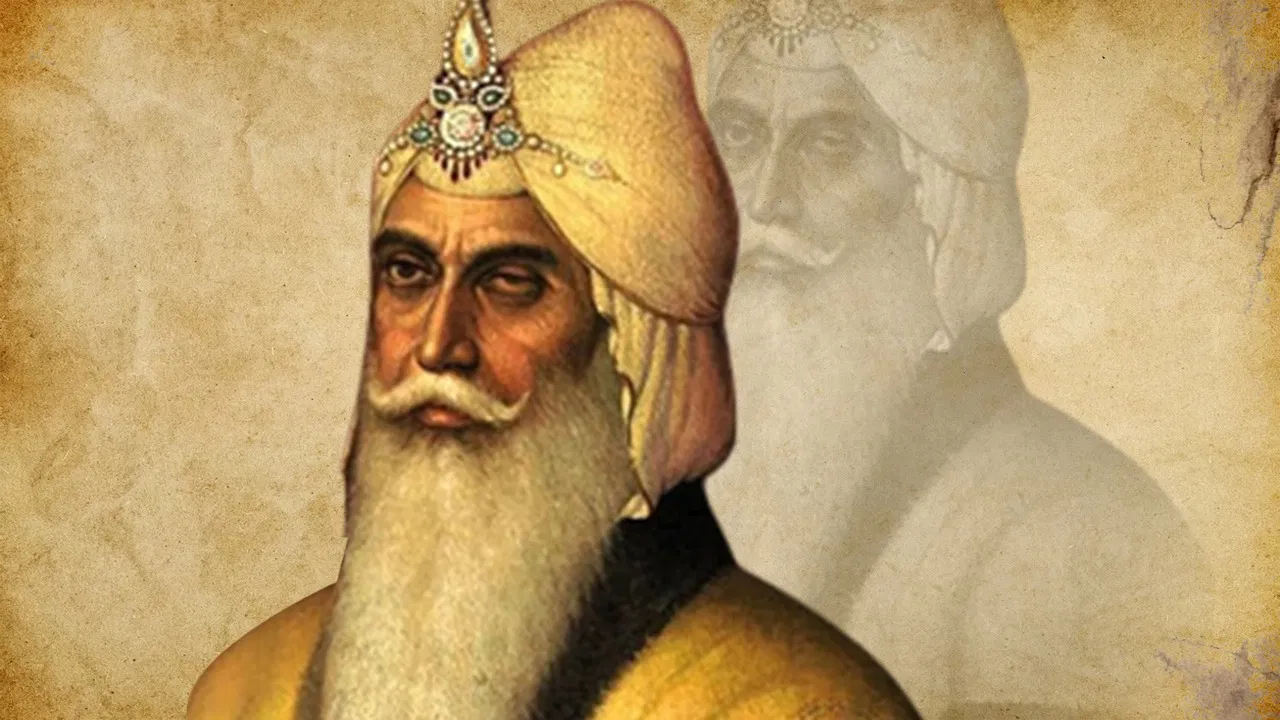
The Lion of Punjab: The Legacy of Maharaja Ranjit Singh
In the tapestry of Indian history, few figures shine as brightly as Maharaja Ranjit Singh, the Lion of Punjab. His reign marked a period of unparalleled unity and prosperity in the region, as he established the powerful Sikh Empire. Born in 1780 in Gujranwala, now part of Pakistan, Ranjit Singh’s journey from a young warrior to a formidable ruler is a saga of courage, diplomacy, and statesmanship. This blog delves into the life and legacy of Maharaja Ranjit Singh, exploring his military prowess, administrative acumen, and enduring influence on Punjab and India.
Early Life and Rise to Power:
Ranjit Singh was born into the Sukerchakia misl, one of the 12 Sikh misls (confederacies) that emerged during the turbulent period of Sikh history. Following the death of his father, Maha Singh, in 1792, Ranjit Singh ascended to leadership at the tender age of 12. Despite his youth, he displayed remarkable leadership skills and began consolidating his power base in the Punjab region.
Military Campaigns and Conquests:
Ranjit Singh’s reign was characterized by military conquests and expansionist policies. With a formidable army comprising skilled Sikh warriors, he embarked on a series of campaigns to annex neighboring territories and unify Punjab under his rule. His conquests extended from Multan to Kashmir and from Peshawar to Ladakh, establishing the Sikh Empire as a dominant force in northern India.
One of Ranjit Singh’s most significant achievements was the capture of Lahore in 1799, which became the capital of his empire. He also forged alliances with neighboring powers, such as the British East India Company, to secure his borders and maintain stability in the region.
Administrative Reforms and Governance:
In addition to his military prowess, Ranjit Singh was a visionary administrator who implemented progressive reforms to govern his vast empire. He established a centralized system of administration with Lahore as its administrative and cultural center. Under his rule, Punjab experienced a period of economic prosperity, with flourishing trade, agriculture, and craftsmanship.
Ranjit Singh’s administration was characterized by religious tolerance, as he welcomed people of all faiths into his empire and promoted harmony among different communities. He appointed ministers based on merit rather than religious affiliation, fostering a sense of inclusivity and unity among his subjects.
Legacy and Impact:
Maharaja Ranjit Singh’s legacy extends far beyond his lifetime, leaving an indelible mark on Punjab and Indian history. His establishment of the Sikh Empire and his efforts to unify Punjab laid the foundation for Sikh nationalism and identity. The empire he built served as a bulwark against external threats and preserved the sovereignty of the Sikh people.
Furthermore, Ranjit Singh’s emphasis on secularism and religious tolerance resonates in contemporary India, serving as a reminder of the importance of unity in diversity. His legacy continues to inspire generations of Sikhs and Indians, symbolizing the spirit of resilience, courage, and leadership.
Maharaja Ranjit Singh stands as a towering figure in Indian history, revered for his military prowess, administrative reforms, and commitment to secularism. His reign represents a golden era in Punjab’s history, marked by prosperity, stability, and cultural flourishing. As the Lion of Punjab, Ranjit Singh’s legacy endures as a testament to the power of leadership, unity, and inclusivity.













